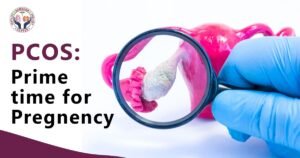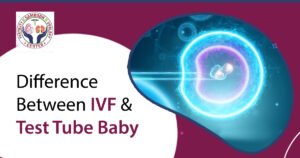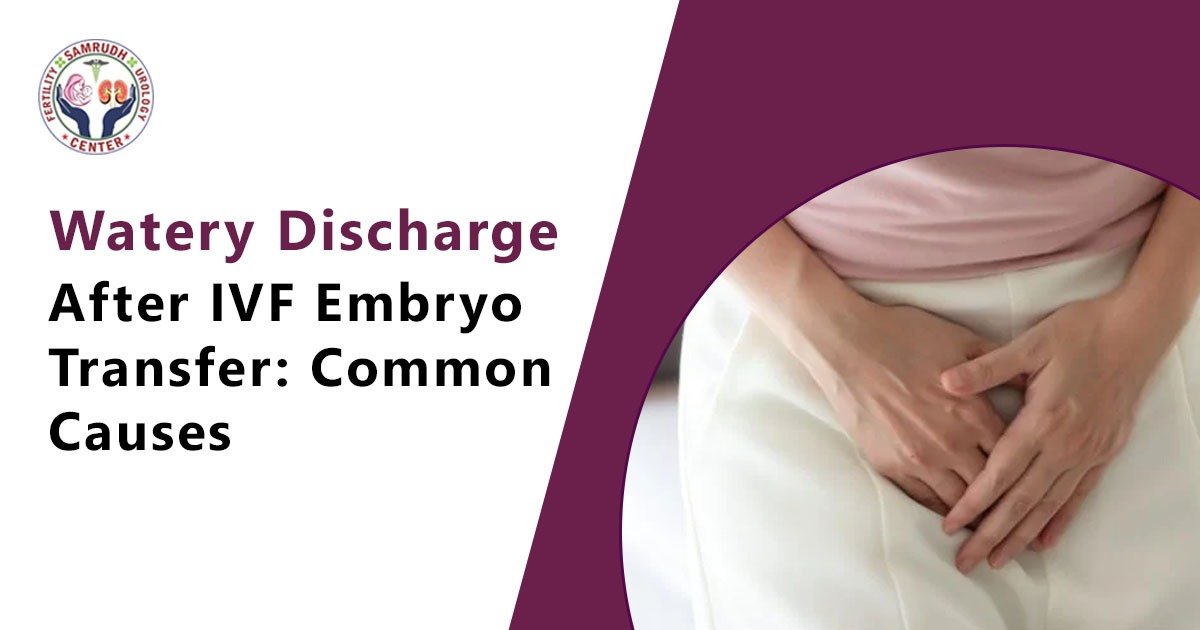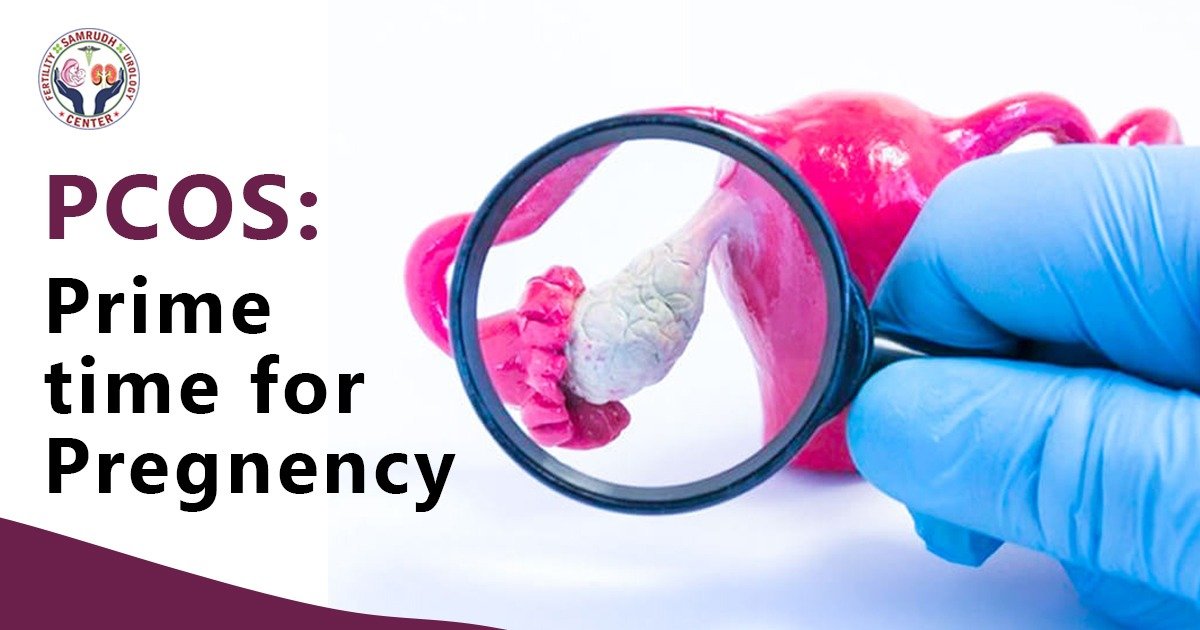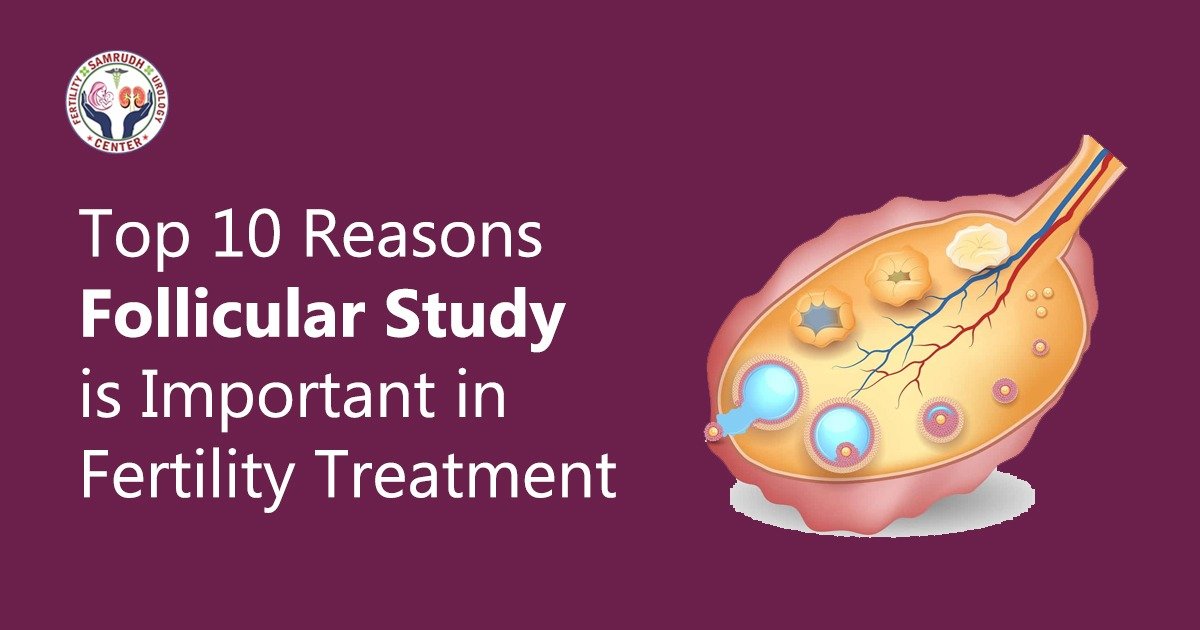The terms “IVF” and “test-tube baby” often spark confusion, with some believing they are distinct processes while others interchange them freely. To resolve this debate, it’s essential to understand the nuances between these terms. In simple terms, both “IVF” and “test-tube baby” refer to the same procedure: in vitro fertilisation. The term “test-tube baby” emerged due to the fascinating way embryos are formed outside the womb, often in a lab setting.
This blog aims to demystify the difference between IVF and test tube babies, offering clarity for those navigating the world of assisted reproductive technology.
What is IVF or Test Tube Babies?
IVF, or In-Vitro Fertilisation, is a way for couples who have trouble having babies to become parents. In this process, doctors carefully collect eggs from the woman’s ovaries and mix them with sperm from the man in a lab dish. Once an egg is fertilised and becomes an embryo, it’s put back into the woman’s uterus. The embryo can grow into a baby inside the woman’s belly if everything goes smoothly. IVF offers hope and a chance at parenthood to couples facing fertility challenges, giving them a path to realise their dreams of having a family.
The term “test-tube baby” is often used colloquially to refer to babies conceived through IVF. Originating from the early days of IVF, when embryos were cultured in test tubes, the term has persisted despite advancements in technology. Test-tube babies undergo the same IVF procedure but are often associated with the initial imagery of embryos developing outside the body.
IVF offers higher effectiveness compared to traditional conception methods. Success rates vary based on factors like age and fertility issues. Younger individuals generally have better success rates due to healthier egg quality. IVF success rates range from 20% to 40% per cycle, while traditional methods may have lower success rates due to infertility challenges.
Who Needs Test Tube Baby or IVF Treatment?
Many couples face difficulties in conceiving naturally due to various factors, ranging from lifestyle choices to underlying health conditions. In such cases, IVF or test-tube baby treatment becomes a viable option to assist in achieving pregnancy.
Some of the common reasons why couples opt for IVF include:
Blocked fallopian tubes: Blockages in the fallopian tubes can prevent eggs from reaching the uterus for fertilisation.
Unexplained fertility: Despite no clear reason, some couples struggle to conceive naturally. IVF offers a solution to overcome this unexplained fertility issue.
Severe endometriosis: Endometriosis, a condition where tissue similar to the lining of the uterus grows outside the uterus, can affect fertility. IVF provides hope for couples facing severe endometriosis.
Decreased ovarian reserve: Women with a low egg supply or poor egg quality may find it challenging to conceive naturally. IVF assists by retrieving eggs directly from the ovaries.
Severe male factor infertility: Issues with sperm quality, quantity, or function can hinder natural conception. IVF offers a way to overcome male infertility by directly injecting sperm into eggs or using donor sperm.
The Process of IVF and Test Tube Babies
IVF and test-tube babies, despite being different in terminology, share the same core process of vitro fertilisation (IVF). Here’s a closer look at the steps involved in this remarkable journey:
Examination
The process begins with a thorough examination of the woman’s reproductive health. Doctors assess the ovarian reserve and check for underlying issues using ultrasound (USG) scans and other tests. Understanding the health of the reproductive organs is crucial before proceeding further.
Ovarian Stimulation
To enhance the chances of successful egg retrieval, the woman undergoes ovarian stimulation. This involves taking hormone medications to stimulate the ovaries to produce multiple eggs. Close monitoring through blood tests and ultrasounds ensures the optimal growth of follicles containing the eggs.
Egg Retrieval
Once the eggs have matured, a minor surgical procedure known as follicular aspiration is performed. Under anaesthesia, a thin needle is inserted into the ovaries via the vagina to collect the eggs. This delicate process aims to retrieve as many healthy eggs as possible for fertilisation.
Fertilisation
The collected eggs are then fertilised with sperm in a laboratory dish. This step mimics the natural fertilisation process in the fallopian tubes. After fertilisation, the embryos are carefully monitored as they develop over 3-5 days.
Embryo Transfer
When the embryos reach a suitable stage of development, they are transferred back into the woman’s uterus. This delicate procedure involves inserting a catheter through the cervix and into the womb, where the embryos are gently placed. The goal is for the embryos to implant and grow, leading to a successful pregnancy.
IVF Pregnancy
Following embryo transfer, the woman undergoes a waiting period of around 12 days to 2 weeks. During this time, a pregnancy test is conducted to determine if the IVF procedure was successful in achieving pregnancy.
Risks and Complications
When considering IVF and test-tube baby procedures, it’s important to be aware of potential risks:
Multiple pregnancies: IVF can lead to multiple pregnancies, increasing the risk of complications for both the mother and babies.
Ovarian hyperstimulation syndrome (OHSS): This condition can occur due to hormone injections, causing swollen and painful ovaries.
Ectopic pregnancies: There’s a risk of the fertilised egg implanting outside the uterus, which can be dangerous for the mother.
Individuals may wonder about the discomfort involved in IVF procedures. While experiences vary, aspects like cramping during egg retrieval and bruising from injections may cause mild pain. However, many find the discomfort manageable in pursuit of the potential outcome of a successful pregnancy.
Consult the Best IVF Centre in Bangalore
While IVF and test-tube babies represent the same medical procedure of fertilising eggs outside the body, they are often perceived and discussed differently. Understanding these terms and procedures helps couples be more confident about using assisted reproductive technology to embrace parenthood. Consult fertility specialists accessible to you is key to making informed decisions. At Samrudh, we provide personalised information about the risks and benefits based on medical history and offer guidance on post-IVF care for optimal results. Contact us today to learn more about IVF and other assisted reproductive methods


